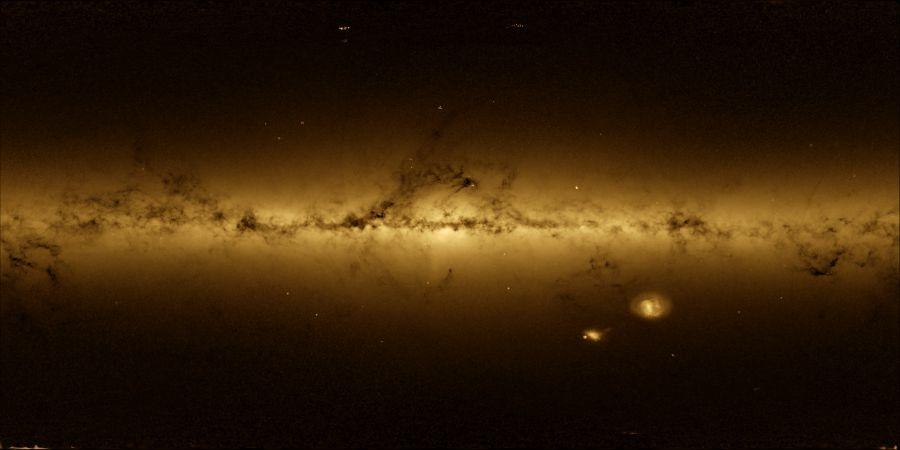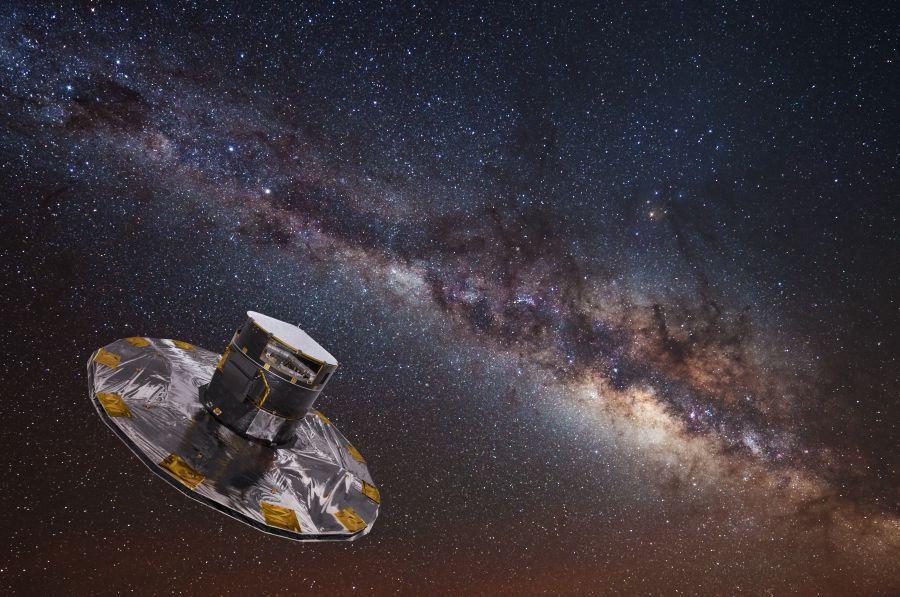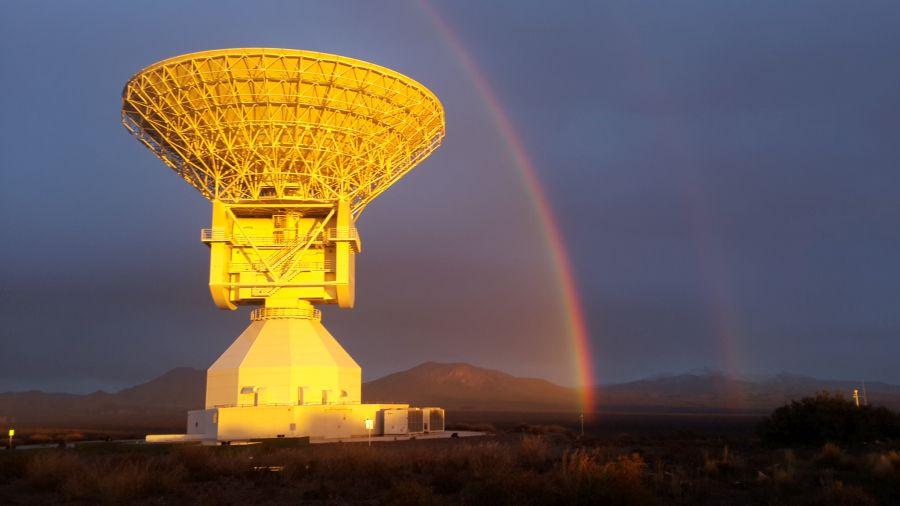When the state decides to conduct a census of the population, experts simply go from one door to another and record the residents. When you need to count the stars, the task is much more difficult.
The Star Census has already started: the European Space Agency (ESA) is engaged in the project. It is believed that the information collected will help to learn new facts about the origin and evolution of the galaxy.

The main goal of the project is to create the largest and most accurate three-dimensional map of the Milky Way. But even after the end of the study, an atlas with a billion stars will represent only one percent of the total workload of celestial bodies in the Milky Way. Nevertheless, the project will help to understand where we came from in the universal understanding.

Mission
Gaia telescope launched in 2013. He creates a 3D map, and scientists see progress in the formation and evolution of the galaxy. Gaia will provide unprecedented measurements in the movement of celestial bodies, which will achieve new heights in terms of accuracy.

Spacecraft
Gaia weighs two tons, and the width is 10 meters. The device is able to distinguish not only stars, but also planets, comets, asteroids and quasars (very bright astronomical objects). On board Gaia - two telescopes and a camera with a billion pixels. The device slowly flies around the Sun, and telescopes continuously scan everything around.
Gaia makes a turn in six hours. Telescopes take pictures of rectangular fragments of the sky, which are separated by an angle of 106.5 degrees. In each telescope there are six mirrors: three flat and three curved. They focus and “fold” the resulting light, which is sent to the focal plane into the camera at a distance of 35 meters.
The device will examine each of the key objects about 70 times over five years to determine the most accurate location of celestial bodies. High-precision measurements based on the information received should be a real revolution in astrophysics. To understand the complexity of the problem, imagine that scientists want to measure the thickness of a human hair from a distance of a thousand kilometers.

What's with Lenovo
In the count of a billion planets, the key parameter is accuracy. This is where Lenovo comes in. Gaia requires advanced technologies that are capable of processing a huge array of data without errors. To this end, the ESA has renewed its contract with Lenovo, concluding an agreement for five-year cooperation. To work on the project, a team of scientists received the Lenovo NeXtScale technology, which will allow working with a large amount of information.
Lenovo has been working with the ESA center on the Gaia project since 2011, even when the satellite was not launched. The final amount of data after the completion of the mission will be more than 1 petabyte - a million gigabytes or 200 thousand DVD.

The Lenovo and ESA collaboration is another sign of Lenovo’s commitment to the high-performance device market. In 2015, we opened an innovation center in Stuttgart. It has become a platform for the rapid development of research, development and testing of products.
Lenovo also joined the European high-performance computing program. This think tank plays an important role in setting research priorities and project activities.

Hope
The ESA published the first data packet from the mission in September 2016. Then project manager Fred Jensen said that he was pleased with the accuracy and quality of measuring 500 billion data. Files have already been distributed among scientists for study.
The next step is to compile an atlas of a billion stars. This will happen in April 2018. The scientific community is waiting for the full amount of data with a sinking heart.
They say that it is impossible to know where you are going until you understand where you came from. We live in the Milky Way, and it is very important that people soon learn more about their home. And also about where to go next.